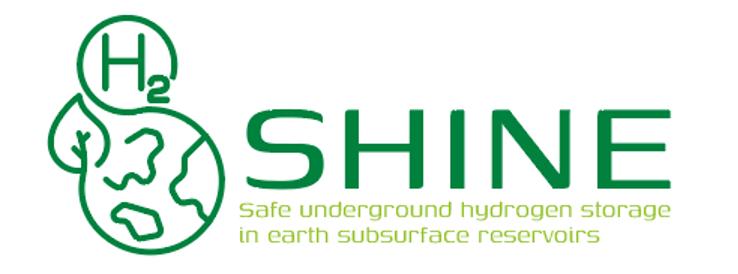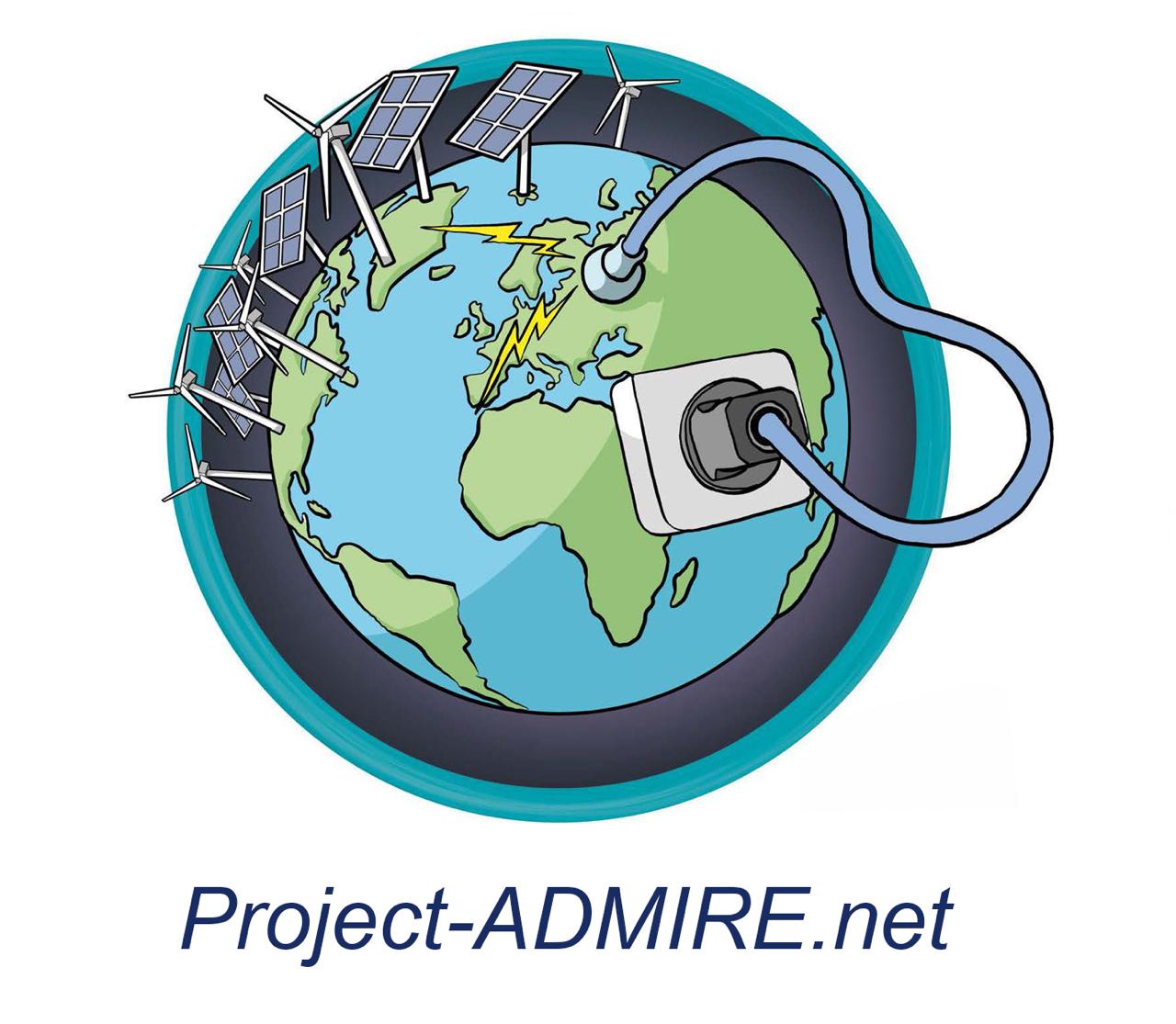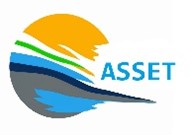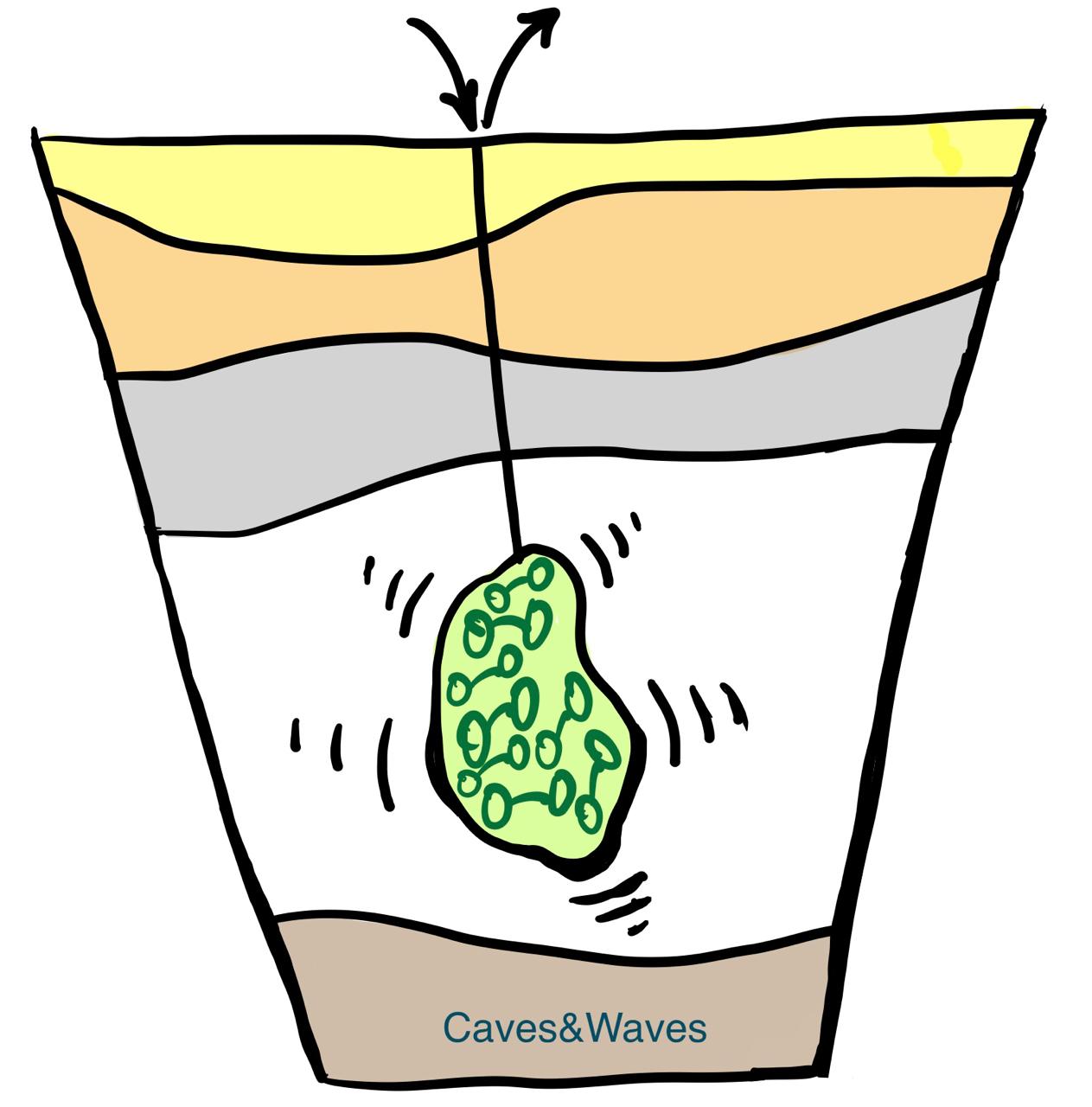Hydrogen Storage
Successful transition to net-zero energy systems depends not only on scaling up green energy production but also on the development of large-scale storage technologies. Hydrogen is a clean energy carrier which can be stored at large scale in underground reservoirs. These reservoirs are either solution-mined caverns or depleted porous reservoirs and aquifers. Within the Subsurface Storage Theme of our department, our Section of Reservoir Engineering develops engineering methods to enable this technology at scale. We study hydrogen unique properties at in-situ conditions from lab to field scale, connect our experiments with modeling and simulation and also integrate our research within the entire techno-economic framework for the future net-zero energy system. Our current projects are listed below.
Related projects
EU ITN (International Training Network) SHINE
Timeline: Feb 2023 – Feb 2028
SHINE will investigate the hydrogen/rock/pore fluid processes with the aim to assess the feasibility of subsurface hydrogen storage technologies within porous reservoirs, through 10 cutting edge research and training projects at doctoral level spanning from microbiology to geochemistry, geophysics, fluid dynamics, and geomechanics monitoring using laboratory, computational and in situ approaches. The main research objectives of SHINE centres around the scientific challenges associated with hydrogen storage in subsurface porous media, namely exploring fluid, rock and microbial interactions, characterization and integrity of the reservoir/caprock and safety and monitoring of subsurface porous storage.
ADMIRE
ADMIRE project is the first underground project of the department, funded by the NWO under talent scheme ViDi. ADMIRE stands for Adaptive Multiscale Integrated Reservoir Earth, which develops a multiscale lab-model-numerical approach to con-struct meaningful simulations for site screening, selection and performance analyses. The project ADMIRE connects hydrodynamics of storage with geomechanics, specially under cyclic hysteretic flow and mechanics dynamics. It also develops new concepts on alteration of the reservoir properties in presence of hydrogen and its relevant bio-geochemical environment.
SafeInCave
SafeInCave project is an industry (Shell) funded project which has been running for 2 years already. In this project we are developing a reservoir-scale 3D simulation method and implementation for hydrogen storage in salt caverns. Specially we calibrate the rock salt properties with lab data, and then study the performance and sensitivities at reservoir (cavern) scale.
Screening Tools for Ranking Depleted Gas Reservoirs for Underground Hydrogen Storage
Timeline: Apr 2024 – Apr 2027
H2screen project is dedicated to fast screening of hydrogen storage in depleted gas fields where impact of geological structures, heterogeneity, development strategy and geochemical reactions on the security of hydrogen storage will be investigated through a comprehensive simulation study.
OCEAN
OCEAN project is about grain-scale mechanics constitutive laws to help us realize the nonlinear mechanical behavior of rocks under cyclic loading. It also connects the grain-scale dynamics with monitoring schemes in order to help us realize new monitoring methods relevant for underground hydrogen storage.
Caves&Waves
Caves&Waves is a project funded by the State Supervision of Mines (SoDM) which addresses the critical point of risks associated with scaling up underground hydrogen storage in the Dutch energy mix. Here we study the dynamics of the state of the stress in the Dutch underground geo-environment, and study whether hydrogen storage would alter it critically to the point that may trigger induced seismicity.







